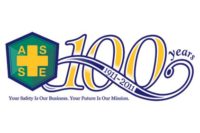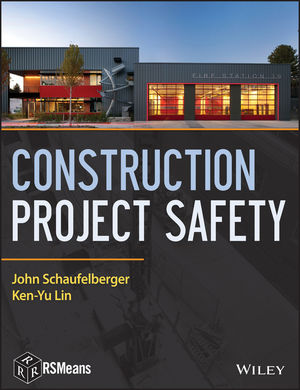Revised standard improves safety of construction and demolition workers

Construction and demolition sites are among the most hazardous work environments, especially when multiple contractors and employers introduce operational complexities to a job site. A newly revised standard from the American Society of Safety Professionals (ASSP) and American National Standards Institute (ANSI) helps employers keep construction workers safe by describing best practices they can implement to take safety programs to the next level.
ANSI/ASSP A10.33-2020, Safety and Health Program Requirements for Multi-Employer Projects, identifies key elements organizations should use to create and manage a safety program in a shared construction project. The standard assists project owners, construction supervisors, contractors and equipment manufacturers. ASSP published the new standard as secretariat for the ANSI/ASSP A10 committee focused on safety requirements for construction and demolition operations.
“Risks on construction and demolition sites are dynamic and continuously evolve as conditions, technologies and participants change,” said John Johnson, CSP, who chairs the A10 committee that represents more than 75 organizations. “Enhanced safety performance is achieved when the entire project hierarchy – from the owner to the craft workers – engages in an identified safety process.”
ASSP works to develop standards and educational resources for safety and health professionals, whose mission is to protect workers on the job so they can return home safe and healthy each day.
Voluntary national consensus standards are implemented by safety-minded organizations to promote best practices and prevent worker injuries, illnesses and fatalities. The standards can transform workplace safety programs from compliance-based cost centers to corporate sustainability initiatives by addressing gaps where no regulatory standard exists in today’s rapidly changing environment. Strong safety cultures can reduce claims costs and reputational damage caused by workplace incidents.
ASSP is the secretariat for many standards committees in the United States and worldwide, forming credible groups and ensuring standards are developed and revised in accordance with ANSI and the International Organization for Standardization (ISO). The consensus process brings together diverse viewpoints from all levels in public and private sectors. The collective technical expertise ensures that the standards always consider the latest industry developments and best practices in addressing workplace hazards.
Learn more about the revised ANSI/ASSP A10.33-2020 standard in the ASSP Store.
Looking for a reprint of this article?
From high-res PDFs to custom plaques, order your copy today!








